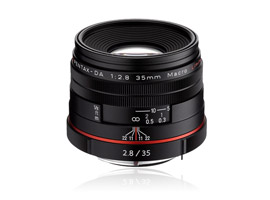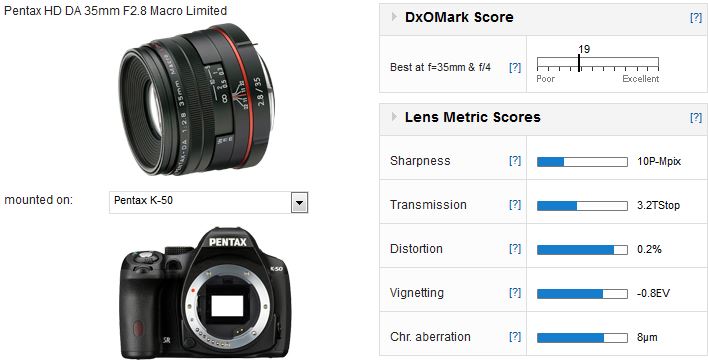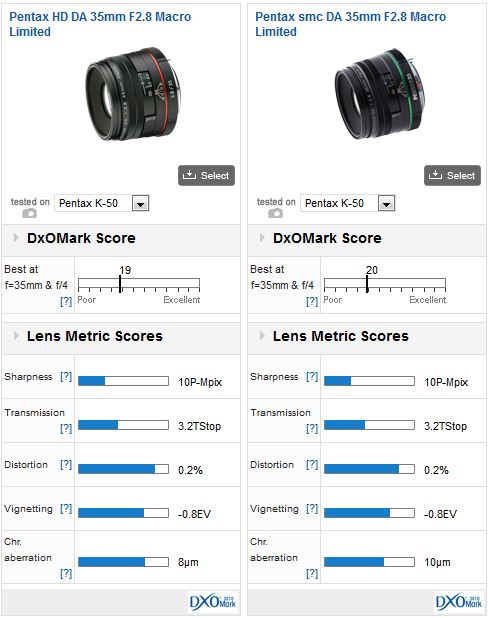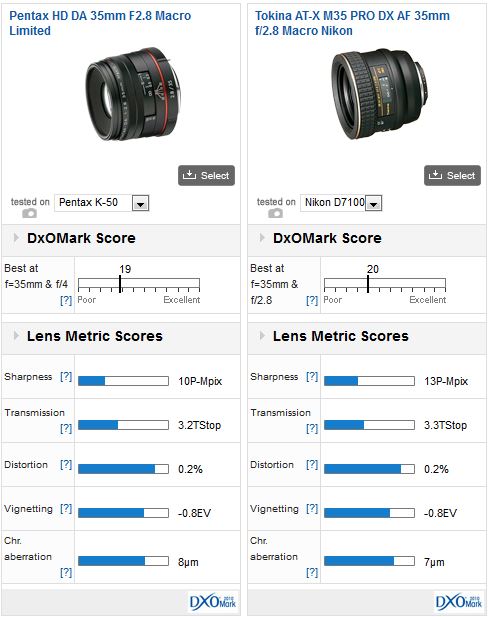Introduction
On an APS-C body this focal length is the equivalent to a 50mm normal lens, and a macro like this is often chosen to complement a high-speed short tele or fast moderate wide-angle. The reasoning is the flexibility. With a high-speed lens for low-light work, the standard or ‘normal’ macro is capable of close-ups one minute then quarter length portraits the next.
This particular DA Limited model is a revamp of the smc version, featuring a rounded diaphragm and new HD coatings. The coatings reduce ghosting and internal reflections from the sensor’s surface while also improving transmission and ‘clarity”, say Ricoh, the present owners of the Pentax brand. The current Limited models are highly regarded for their drawing style, and while highly subjective this is an important characteristic for photographers.
The new lens retains the high-grade sturdy aluminum outer and adopts 9 elements in 8 groups and achieves a 1:1 magnification with a rather close 5.47 inch (139mm) minimum focus distance. With a 49mm filter thread, an overall an length of 2.5-inches (63mm) and weighing 7.5 oz (214g) the new Pentax HD DA 35mm f2.8 Macro Limited is available now at $749.
Mounted on the mid-range weather-sealed 16-Mpix Pentax K-50, the new HD 35mm f2.8 Macro Limited achieved a DxOMark lens score of 19 points, a somewhat middling score for a lens like this. Part of the reason for this is the low-ish peak sharpness score of 10P-Mpix, which could be attributable to the lens, sensor or both.
Sharpness levels are higher in center with peak sharpness at f4-5.6, but corner sharpness is noticeably lower throughout the aperture range. That’s a little disappointing in a macro where sharpness across the field from corner-to-corner is expected.
Nevertheless, distortion, vignetting and chromatic aberration, a particularly troublesome occurrence in a macro, are all well controlled.
When compared to the previous smc version on the K-50 the new model performs very similarly, but the slightly lower overall DxOMark score is attributable to slightly lower sharpness across the field – there has been no increase in the peak sharpness though the application of the HD coatings appears to have lowered sharpness in the periphery.
Intriguingly the transmission score remains the same, as does distortion and vignetting, though that’s hardly surprising.
The good news? The new model has slightly lower chromatic aberration, but overall the result isn’t as clear-cut as you might hope. Perhaps the lenses are optimized for as yet to be released high-resolution models.
We were curious to compare the new lens with the equivalent co-developed model from Tokina, the AT-X M35 Pro DX AF, but as it’s no longer made (and never fitted with a Pentax mount) we’ve had to compare it with a Nikon body attached. With the new 24-Mpix D7100 (sans AA filter), the Tokina, which shares the same optical design as the Pentax model, is capable of higher peak sharpness.
On the earlier Nikon D7000 peak sharpness of 9P-Mpix was recorded, so it’s likely the new HD version is at least capable of matching the Tokina and D7100 with a similar sensor. In other respects the Tokina performs as per the Pentax, though the slight difference in CA may be due to the coatings or sensor design.
Pentax’s Limited range of lenses are highly respected for their descriptive rendering or ‘drawing’ style, which is a subjective quality, however, in purely objective terms the performance of new HD coated version of the popular 35mm macro lens has changed very little. It’s likely the lens has been optimized for future models with high pixel density sensors, starting perhaps even the highly promising new Pentax K-3. Given the small premium over the previous iteration, the HD version appears to be no less attractive for it and is likely to remain a popular choice.








DXOMARK encourages its readers to share comments on the articles. To read or post comments, Disqus cookies are required. Change your Cookies Preferences and read more about our Comment Policy.